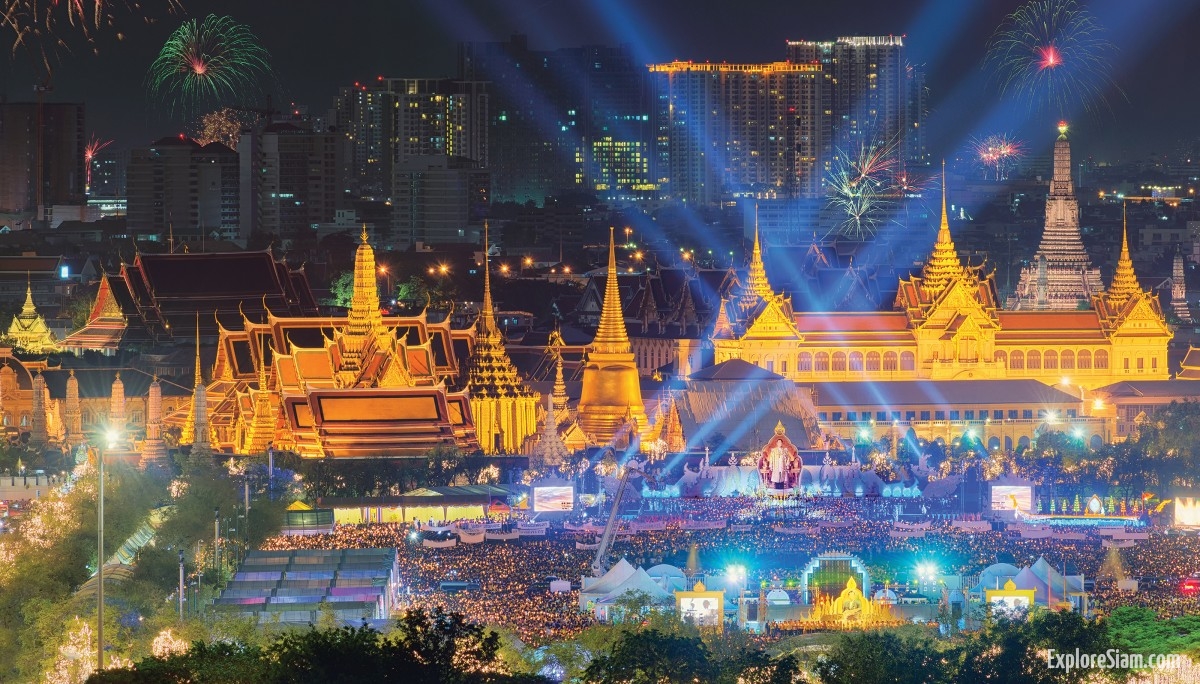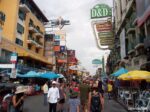In the heart of Southeast Asia lies Thailand, a country rich in culture and traditions, where the monarchy holds a deeply revered place in the hearts of its people. Among the many significant national events, the King’s Birthday stands out as a pivotal celebration that unites the nation in respect, admiration, and joy. This day, celebrated on July 28th, marks the birth of His Majesty King Maha Vajiralongkorn, known as King Rama X, and is a profound symbol of the monarchy’s enduring influence on Thai society. A unique and vibrant aspect of this celebration is the color yellow, which has come to embody the collective reverence for the king.
The significance of the King’s Birthday extends far beyond a mere public holiday. It is a reflection of the Thai people’s deep-seated respect and loyalty towards their monarch, who is perceived as the guardian of national identity and cultural heritage. The King’s Birthday is a time for the nation to express gratitude for his contributions to the country’s well-being, peace, and prosperity. The day is marked by various events and activities, each designed to showcase the nation’s unity and pride under the king’s leadership.
Public ceremonies form the core of the celebrations, with the most notable events taking place in the capital, Bangkok. These ceremonies are attended by government officials, dignitaries, and members of the royal family, all participating in solemn rituals that emphasize the king’s pivotal role in Thai society. Religious ceremonies are also a significant part of the celebrations, with temples across the country hosting special prayers and rituals conducted by monks. These spiritual gatherings seek blessings for the king’s health and prosperity, reinforcing the intertwining of the monarchy and Buddhism in Thailand.
The visual splendor of the King’s Birthday is unparalleled, with streets, buildings, and public spaces transformed into dazzling displays of lights, flags, and portraits of the king. The decorations prominently feature the color yellow, creating a striking and unified visual narrative that underscores the day’s importance. Public buildings and landmarks are illuminated with intricate light displays, casting a festive and respectful glow across the nation. This visual celebration is not just a feast for the eyes but also a powerful reminder of the nation’s collective respect and admiration for their monarch.
Cultural performances and public parades add to the festive atmosphere, showcasing traditional Thai music, dance, and customs. These performances are a celebration of Thailand’s rich cultural heritage and a tribute to the king’s role in preserving and promoting these traditions. Military parades and demonstrations further highlight the nation’s strength and unity, symbolizing the protective and guiding role of the monarchy.
Charitable activities are another integral aspect of the King’s Birthday celebrations. This day is seen as an opportunity to give back to the community, reflecting the king’s own commitment to social welfare and public service. Many people engage in acts of charity, such as donating to the needy, volunteering, and organizing community service projects. These activities not only honor the king’s legacy but also strengthen the bonds of community and compassion among the Thai people.
The color yellow holds a special place in the hearts of the Thai people, especially during the King’s Birthday celebrations. In Thai culture, each day of the week is associated with a specific color, and yellow is the color for Monday. Since King Maha Vajiralongkorn was born on a Monday, yellow has become his symbolic color. This tradition dates back to the reign of King Bhumibol Adulyadej (King Rama IX), who was also born on a Monday. During his reign, yellow became synonymous with the monarchy and loyalty to the king, a tradition that continues with King Rama X.
Yellow is more than just a color; it is a symbol of light, prosperity, and harmony, qualities that the Thai people attribute to their monarch. It reflects the Buddhist values of peace and compassion, aligning with the king’s role as a moral and spiritual leader. During the King’s Birthday celebrations, people wear yellow clothing as a sign of respect and loyalty, creating a sea of yellow that symbolizes unity and devotion. Yellow ribbons, flags, and banners are prominently displayed in public spaces, reinforcing the deep connection between the color and the monarchy.
The Thai monarchy holds a unique and revered position in the nation’s cultural and political landscape. The king is seen as the guardian of Thai traditions and values, and his birthday is a reminder of the continuity and stability provided by the royal institution. King Maha Vajiralongkorn has continued the legacy of his father by promoting education, healthcare, and environmental conservation, playing a crucial role in maintaining national unity and stability. The Thai people view the king as a father figure and a symbol of national pride, and the widespread participation in the birthday celebrations and the symbolic use of yellow are testaments to the deep bond between the monarchy and the citizens.
Thailand’s King’s Birthday is more than a national holiday; it is a day of profound significance that brings the nation together in celebration and reflection. The color yellow, deeply associated with the king, adds a vibrant and symbolic dimension to the festivities. As the Thai people honor their monarch, they also reaffirm their commitment to the values of respect, loyalty, and national pride that the monarchy embodies. The King’s Birthday celebration is a beautiful reflection of Thailand’s rich cultural heritage and the enduring bond between the king and his people.



